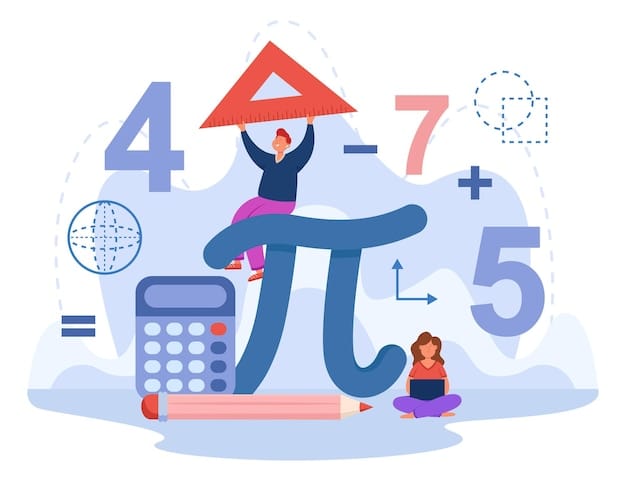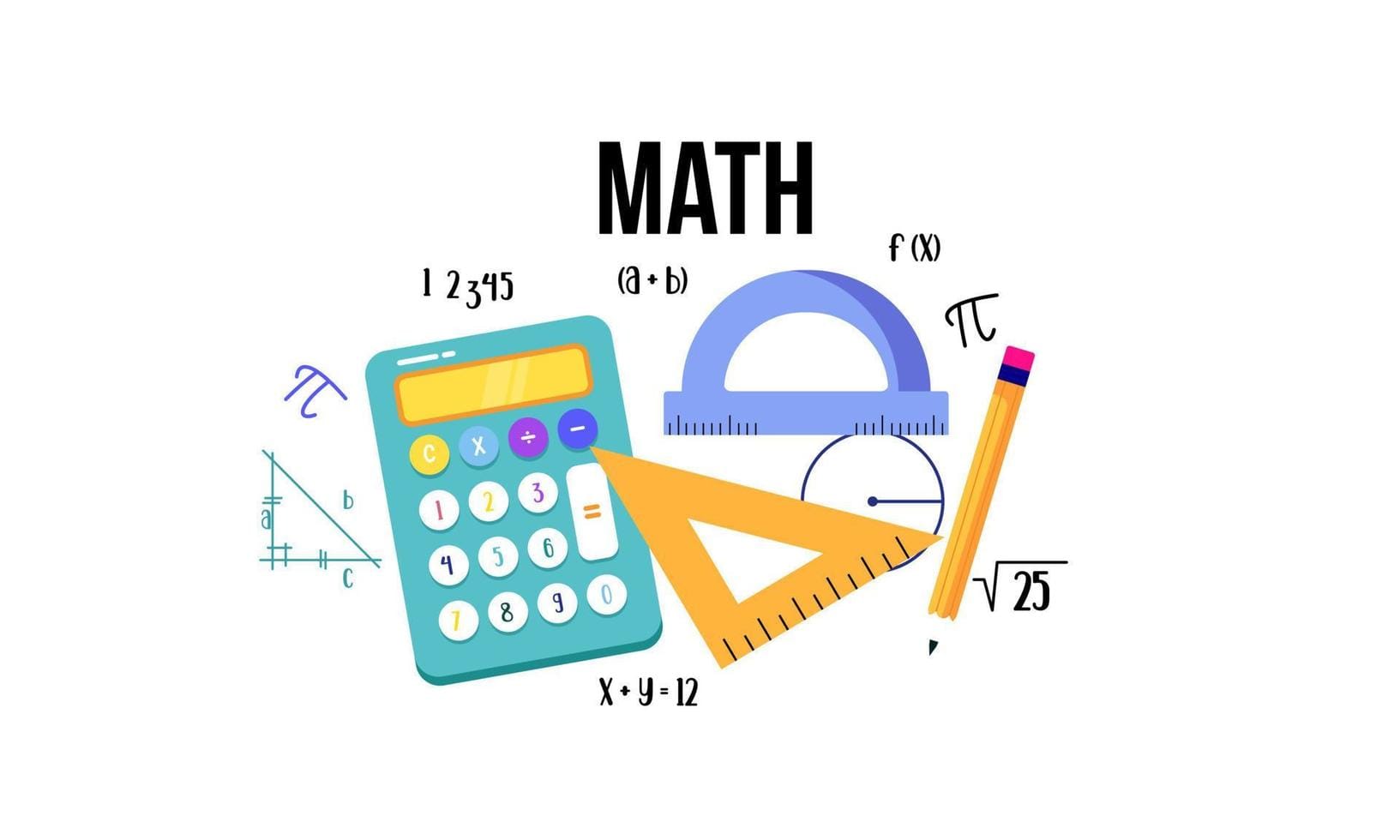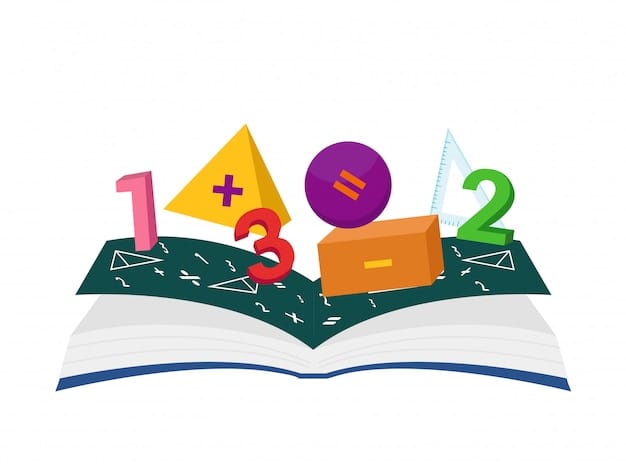Making Division Visual with Number Line Games That Strengthen Conceptual Thinking
Making Division Visual with Number Line Games That Strengthen Conceptual Thinking

The concept of division may seem abstract and scary to a number of children, particularly when presented in number and symbolic terms. Students will not be given a clear view of what is actually occurring when we tell them a divide, and this could not allow them to understand the reasons as to why answers are meaningful and how division relates to their readings.
Such a dissection may result in rote learning instead of actual comprehension, which makes division one of the more taxing procedures in math that is being learned by young learners.
Number games online are one of the best tools that can be used to narrow this divide; they are visual, interactive forms of Math that make abstract Math become something that kids can mark and move within. A number line is used to visualize the concept of a whole being divided into even-spaced jumps or steps, giving a tangible image of what division is like in practice.
Representing division problems using number lines allows students to develop stronger number sense, recognize patterns, and recognize the inverse relationship between the operations of multiplication and division.
In this blog, we highlight what we can do to make division more interesting and authentic using the number games (both online and offline). Whether it is the basic work with physical number lines and counters to interactive apps and online fraction games that make division a game, the tools can become a formidable one in understanding concepts as well as developing math confidence. As a teacher, parent, or tutor, you can use a visual aid such as a number line to change the need of children to perform division not as a skill to be learned but as a concept they understand. A thoughtful number line lesson plan can be a valuable resource in making division more approachable for young learners.
Why Visual Learning Matters in Math

Abstract math concepts have a connotation brought about by visuals. As soon as learners understand how numbers operate, especially in such operations as division, the better chances they have to realize their rationality.
Rather than just rote-memorized procedures, learners will start to acquire an understanding of why an answer is reasonable. This more in-depth knowledge forms a great basis for future mathematical achievement.
The visual learning will also assist in filling the gap between concrete and abstract thinking. Students can proceed to mental math more easily through the use of number lines, diagrams, and drawings. With these visual tools, it is simpler to identify patterns, approximate answers, and draw relationships among various math notions, which are vital concerns in issues solving and versatile thinking.
Visual representation of math makes it interesting and less scary to many students, particularly those who learn through sight. When the math is brought to life by either pictures or action, the information is remembered much longer. Concepts associated with visual association enable a learner to remember them faster and in various real-life illustrations.
This is the reason why other visual strategies, such as number line activities and online number games, are very effective in teaching division and other key fundamentals of math operations. Platforms offering number games online help bring these ideas into classrooms and homes alike.
What Are Number Line Activities and Why Are They Powerful?

Number lines activities nail the concept in a way that is simple and effective in covering a broad array of concepts in mathematics using nothing more than a horizontal line demarcated by numbers.
Whether students are first learning to count or more advanced concepts such as multiplication and division, they appreciate the standard visual outline of number lines. They enable children to jump in various ways across numbers, whether physically or conceptually, and therefore enable them to get a more concrete sense of math that is less abstract.
Working with number line activities can give students an idea of dividing numbers into equal sections in the state of division. Learners are able to see the concept of dividing by performing a backward count in the same amounts or a repeating series of subtraction.
This supports the idea of division or the process of arranging or dividing a whole into equal segments, which is sometimes hard to practice by using equations alone.
The activities are particularly effective in developing number sense in young learners. Number lines help students develop elastic thinking about numbers and acknowledge connections between them.
Dividing using numbers on paper, on a whiteboard, and even digital tools, online number games and number games online make division much more intuitive and ensure a good basis on which a further journey in math will be built later in life.
Strengthening Division through Number Line Games

When children learn division with the help of number line games, they touch math in a more concrete and interactive manner. They start thinking the logic instead of merely learning the steps to go by. Such number games online enable students to understand the idea behind dividing numbers into equal parts and learn to think critically and out of the vicious circle of learning by procedures.
Jumping skills of either direction are usually used in number games to add equivalent combinations or subtract-subtract. In other words, when jumping by the same number 4 each time to get to 20, the visual picture will inform the viewer that 20 divided by 4 equals 5.
The activities play an additional role of enabling students to learn more about the relationship between division and multiplication since both processes represent opposites of each other. This two-fold thinking forms a better concept framework for problem-solving.
Number games can also be applied in word problems to ensure the students apply the acquired knowledge in real-life situations. These games make math relevant, whether it is sharing a snack among your friends or calculating the number of steps to cross a playground.
They are particularly useful to the kinesthetic and visual learners, with the advantages of viewing and experiencing the movement of mathematical concepts as opposed to just reading or listening to them. Teachers can integrate a strong number line lesson plan and incorporate online fraction games to reach different types of learners more effectively.
Making Math Fun with Number Games Online

Online number games will add the elements of fun and adventure to learning math. These websites transform the process of division into a fun experience of solving puzzles, taking quizzes, and the game of levels.
Students are also made to practice, and as they play through the numbers and approaches, they are allowed to interact to learn what is right or wrong by trial and error, which makes the learning process of division less of a task and rather of a number game.
Among the greatest strengths of digital number games online, one can mention that they help to reinforce what children are taught in the classroom. Division can take place at home, where there is less pressure during the learning process, and concepts used can be the same, but only in a different manner, using number line activities.
A lot of online platforms provide immediate responses; thus, a learner can become aware of errors and fix them fast. This sensitivity creates self-esteem and provokes self-education.
Through number line games and visual division strategies, students move beyond rote calculations to truly engage with math concepts. These activities often include built-in hints and clear label options, making them highly accessible to learners across different skill levels.
Whether you're using a browser or a mobile device, many of these tools are free, easy to access, and can be completed in a short learning hours.
Parents and teachers can post progress updates, set challenges, and even offer small rewards to help students win confidence in their math journey.
With multiple free platforms offering interactive content and plenty of free resources to explore, we hope these open number line games help learners complete their understanding of division in a fun, structured way.
Bridging Gaps with Online Fraction Games

Mastering fractions requires a sense of a strong grasp of division. A lot of students are having problems with fractions because they have not comprehended the concept of division as sharing or separating something into an equal number of pieces.
This is where online fraction games and online number games can be so handy; they allow their gamers to fill this gap by introducing them to the concept of division and fractions together in a fun, interactive manner.
Such number games find application with the help of the number lines to visually demonstrate fractions to the children, allowing them to view the relations between the parts of the whole.
Learners may discuss the ability of one whole to be disintegrated into halves, thirds, or quarters and how the divided parts may be counted, compared, or interrelated. These number games relate concepts and practice more to equivalent fractions, mixed numbers, and even the division of shapes.
Online number games encourage learning fractions because fractions are portrayed as parts of our activities in real life, such as sharing food, cutting objects, or using ingredients.
Students start not only perceiving the fractions as symbols that are hard to grasp, but also as those that can be used to help solve real-life issues. This makes them bolder in division and fractional thinking, which preconditions more advanced ideas of math. Teachers can further reinforce this understanding with a number line lesson plan or through engaging number line games that make abstract concepts tangible and visual.
Designing an Effective Number Line Lesson Plan

A good division lesson plan using the number line can make everything. Using manipulatives, graphic images, and digital technologies allows teachers to address learners with different learning styles to succeed, be they kinesthetic, visual, or interactor. The idea is to develop a process that begins with concrete knowledge and develops into abstract thinking.
Begin the lesson with practical practice with physical number lines, i.e., with string lines on the floor or printed number strips. Allow students to make equal jumps to solve simple division questions, and literally step forward, putting counters or markers to indicate their move.
After they are used to the concept, switch to computer-mediated tools or online number games that can be used as independent or small-group practice. These technological tools enhance the process of learning by creating diversity, as well as fun.
To conclude, provide a brief review by doing so through a discussion, journal entry, or a simple quiz, and apply the concept in relation to life. As an example, the students could be asked how they could use division to share some food, to divide a group, or to solve a time-based problem.
The hypothetical template can look like a 30-45 minute lesson with 10 minutes related to manual practice, 15 minutes of learning with a digital number game, and 10-15 minutes of verbal discussion and verbal problems. The moderate position assists in cementing the separation of movement, technology, and critical thinking through well-rounded number line activities.
Conclusion - Math Activities, Similar Games, Fun Activities, and Open Number Line Strategies That Build Division Skills

The number line activities provide an intelligent and low-tech method of teaching division, particularly to young learners who would appreciate seeing math in working practice. These visual tools make complex ideas easy to understand by separating them into simpler, comprehensible actions, transforming division into a reality, rather than an ideal.
Be they walking forward in equal numbers or counting backward to get a quotient, number lines offer a basis for greater comprehension. Managing to combine direct number games with online environments, teachers will be able to ensure effective and fun learning.
Interactive tools such as number games online and online number games will not only deepen classroom teaching but also entertain the students by testing them and providing feedback quickly, and by using real-life situations.
These experiences reinforce problem-solving skills and help stick to abstract mathematical concepts. Above all, number line activities assist in contributing to student confidence. By explaining to children how and why division works, rather than teaching only how it is done, children become more free-thinking and also more able to learn independently.
A perfect combination of pictures, motion, online fraction games, andnumber line games makes division much more than a skill; it becomes a stepping stone to a lifetime of numeracy. Teachers may further enrich lessons through a structured number line lesson plan that integrates visual, physical, and digital elements effectively.
Number Line Games – FAQs
How do number line activities help children understand division?

Number line activities show repeated taking away, or pairings that are equal, and students can observe what division means by steps. This assists them in the internalization of the rationale in the division of numbers.
What are number line games, and how do they support learning?

The number games involve the participation of a physical or digital number line to symbolize movement in representing the operations in math. The ability to jump forward or backward may mean that students start working actively with math, and concepts such as division become more real and interactive.
Are there number games online that teach division effectively?

Indeed, a few available platforms offer interesting, gamified division sessions. Most of them are number line and visual puzzle-based and can be used to teach division in a low-stakes, enjoyable environment through online number games.
How do online fraction games connect to division skills?

The visual with the representation of the breakup of the whole into its equal parts is very common during fraction number games, and it is one of the aspects that straight away ties into the element of division. The students are taught to share, divide, and compare quantities, and all this belongs to the logic of division.
Can online number games improve conceptual thinking in math?
Absolutely, these number gamesonlinefacilitate visual reasoning, pattern recognition, and long-term retention, which are important in mastering concepts in math. When combined with effective lesson plans, they promote concepts in math.
What age group benefits most from number line division games?

Grades 1 to 4 are the most benefited. By this age, they are graduating to higher-order arithmetic than simple counting, and number games facilitate that transition with ease by satisfying the visual learner and also allowing the learner to see enough that can be easily linked to the problem-solving aspect of arithmetic.
Comments
Your comment has been submitted successfully!